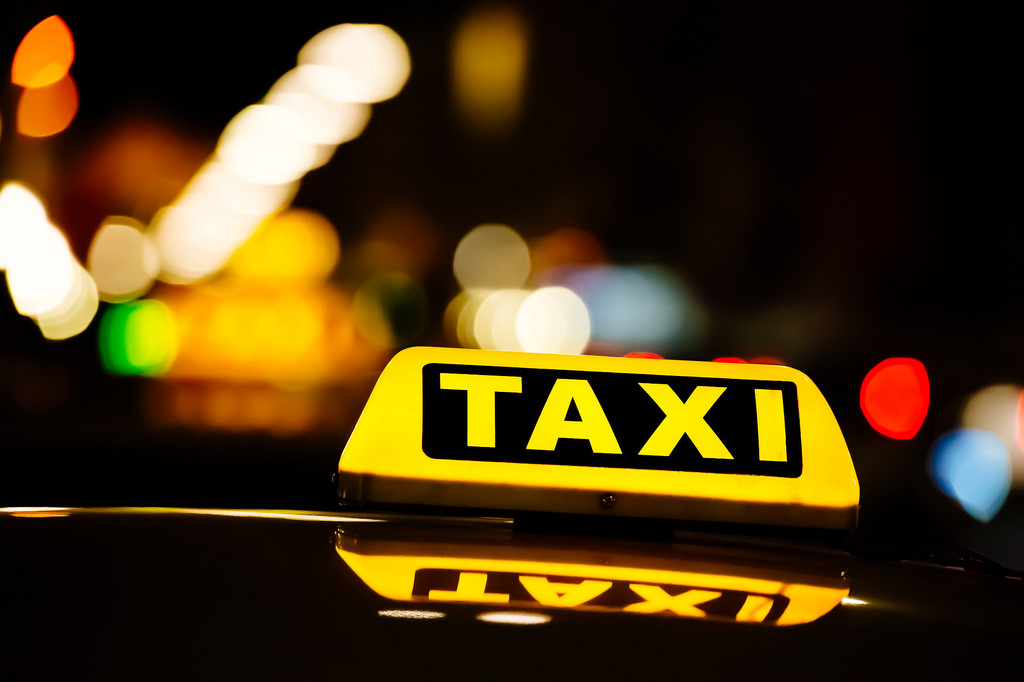The residents of Dubai are no strangers to unusual cars. Wealthy sheikhs will always find new ways to make their exotic toys stand out from the pack – whether that’s an enormous, six-wheeled Mercedes G-Wagon, a gold-plated Lamborghini Aventador or an ultra-rare, jet black Bugatti.
The benefits of flying taxis, according to Uber, are clear – reducing congestion and pollution on Dubai’s busy streets, vastly decreasing journey times across and between cities, and making better use of space that would usually be used to park conventional, non-airborne vehicles.
It’s no surprise Uber chose Dubai over, say, Shanghai or London. The Arab city is known for embracing the opportunity to adopt the newest transportation technology, with plans in the pipeline for one of the world’s first Hyperloop tracks and even jetpacks for firefighters.
There are, of course, logistical and regulatory hurdles to overcome, with the skies over Dubai already overcrowded, but Uber plans first to work with the USA’s Federal Aviation Authority (FAA) to devise legislation enabling the flying cars to operate in Texas. The Dubai authorities could then follow suit and emulate the legislation.
Uber’s plans are ambitious, and right now, they’re still up in the air. But that might change very soon.

